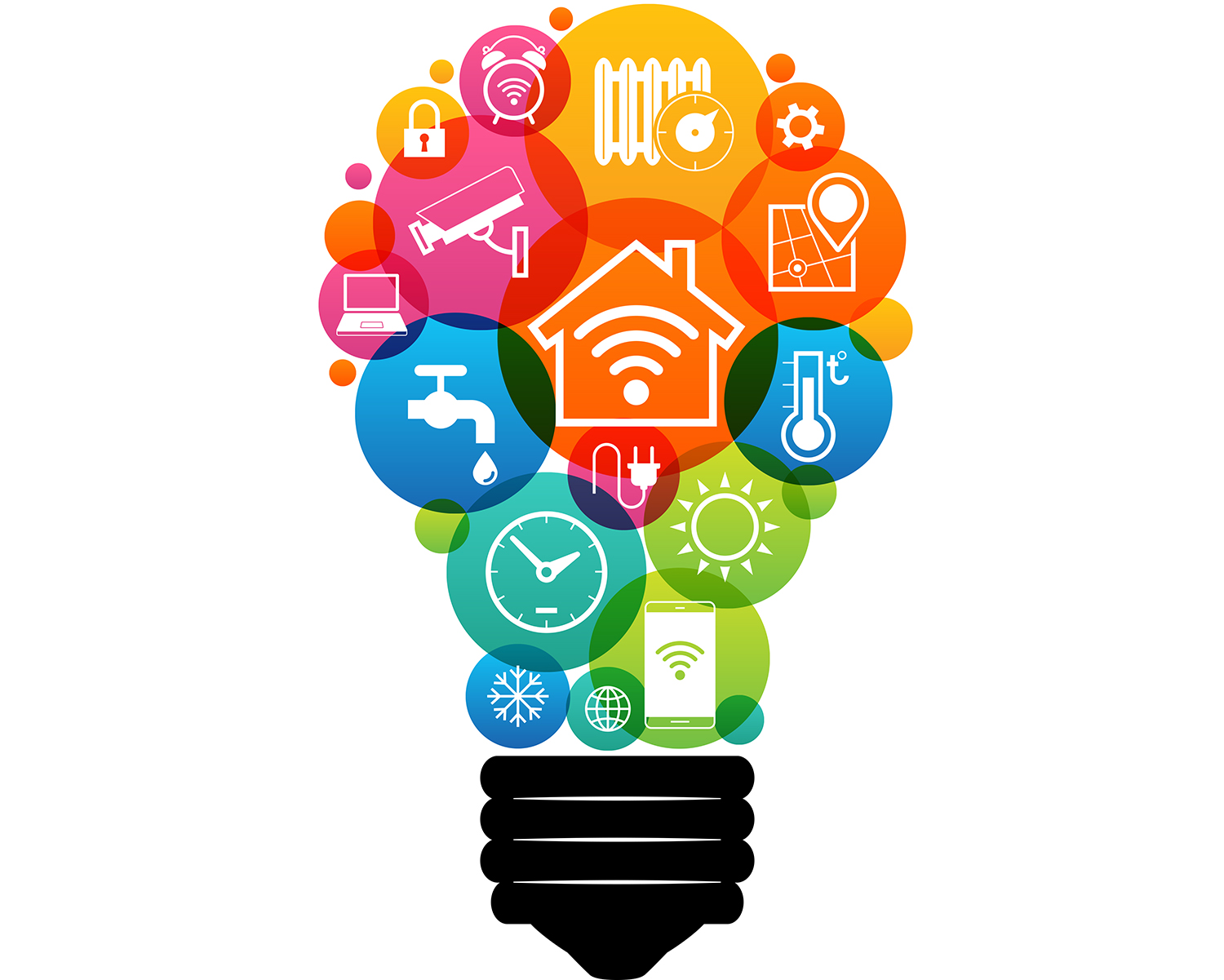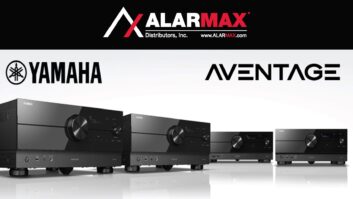
This is Part II of TWICE’s annual Retail Executive Roundtable, held during CES 2019. Part I can be found here.
TWICE: Appliances are helping marry the smart home. Are consumers ready for the smart home? Is there money in this for retail yet?
Trevor May, executive director, vendor management, D&H Distributing: The answer is most certainly it has been a great growth category, and it will continue to grow. Without data of that in front of me, home security is by in large making up what smart home looks like. Then you roll in different networking and router configurations people use in their homes for a strong signal, and then the video surveillance and so forth.
But the category will continue to grow and innovation will continue with great devices and products that will attract the consumer. It’s weighted in the security aspect of what connected home is today with other stuff on the periphery of that. We’re trying to figure out how to bring a whole one-solution ecosystem together. Right now it’s device by device, resulting in a mix of various hardware and applications to manage.
See also: High-End & High-Tech Comfort In Every(!) Room Of The House
Doug Wrede, VP of merchandising, CE, Nationwide Marketing Group: We’re certainly seeing security and networking as the opportunities. Connected home is broken into two categories: custom and do-it-yourself. Custom is whole-home solutions with entertainment, security and networking, which is profitable and doing well. Double-digit growth is in the do-it-yourself network and security market, but this is also intimidating to most consumers. It has a low price point and with margins, you’ll take awhile to get where you want to be.
But if you can get the independent channel, we need to focus on getting in the customers’ homes and helping them with their networking. Definitely a lot of opportunity in do-it-yourself when removing customer intimidation.
Stephanie Keough, chief merchant, World Wide Stereo: As an omnichannel retailer, we have an online business and then a CI retail location business. For us it’s the exact same thing. DYI is more online. Networking is the foundation of everything we do, and we build the lighting and the shades, the security, and the whole-home automation.

Michael D. McMahon, national retail, direct2consumer & distribution strategy, Sprint: For Sprint, mainstream products are becoming more mainstream. Apple Watch has been popular the past couple of years and exploded this year. We had strong holiday sales, mainly from customers getting plus-one devices, tablets, and then we sold out of a brand-new product line of a connected vehicle solution with the ability to do diagnostics and tracking of the vehicle. Mainstream products that have been on the market for a while are seeing bigger adoption.
Stephen Baker, tech industry analyst, The NPD Group: Going forward, smart home will be a lot more than traditional consumer electronics, more seamless rather than hodge-podge. If you take a product from one line and another from a different line, things don’t always work together very well. Custom installation is never going to drive volume, but there’s margin there. Do-it-yourself will add incremental volume.
Keough: A lot of education has to happen. Bundling, creating that experience. The end consumer doesn’t know what’s available to them. Create a bundle to provide the first, small DIY ecosystem to build from.
Debbie Schaeffer, principal, Mrs. G TV & Appliances: It’s moving so quickly that the retailer needs to be in it now so they can understand the basics. As the brands continue to evolve and are added onto, we’re in it, understand it, and can show it to the customer. There’s a lot of disruption in the luxury market right now, having to do with being Wi-Fi-enabled and very innovative cooking. Thermador just came out with Wi-Fi-enabled products. People want something cool they can play with on the floor, and that make their lives better with proper use, not just a toy. It’s no different than people buying Teslas today because they want luxury.
See also: High-Tech Luxe Beds Know How You’re Sleeping (And Snoring)
Baker: Are you seeing people coming to replace appliances because they’re looking for smart features or because they’re remodeling or it’s free? A third leg would be great, which is: “There is compelling technology and because I see value in that, I’m coming in and buying new appliances, not because I need it.”
Schaeffer: Some of those products are coming out now. I can’t say someone who has a brand-new over-the-range microwave wants to change it a new Google screen over-the-range microwave.
TWICE: Are consumers embracing voice-control technology or is there still hesitation to bring it into the home?
Wrede: Artificial intelligence will change the game. Connected home will continue to evolve, but education is an important part. Mass adoption will occur not because a retailer wants to give it away for free, but because of a massive platform war going on now between Google and Amazon.
Watch: What You Need To Know About Artificial Intelligence
Are they still waiting for one of the digital assistants to run out?
Baker: We have two smart home platforms. Over time, it’s likely pieces of each one will integrate with the other. Some of that is seen with Apple Music on Amazon and Amazon integrating with Microsoft. How much Amazon will integrate with Google is an open question. Amazon is public with how they’re flexible with how to integrate, for example, Google-focused things.
See also: 7 Companies That Owned The Smart Home Conversation In 2018
May: It’s helpful to have two readers in the voice-activation space, allowing manufacturers of enabled voice activation to have two points of consideration that they can adapt to between Amazon and Google.
Check back for more of the conversation!












